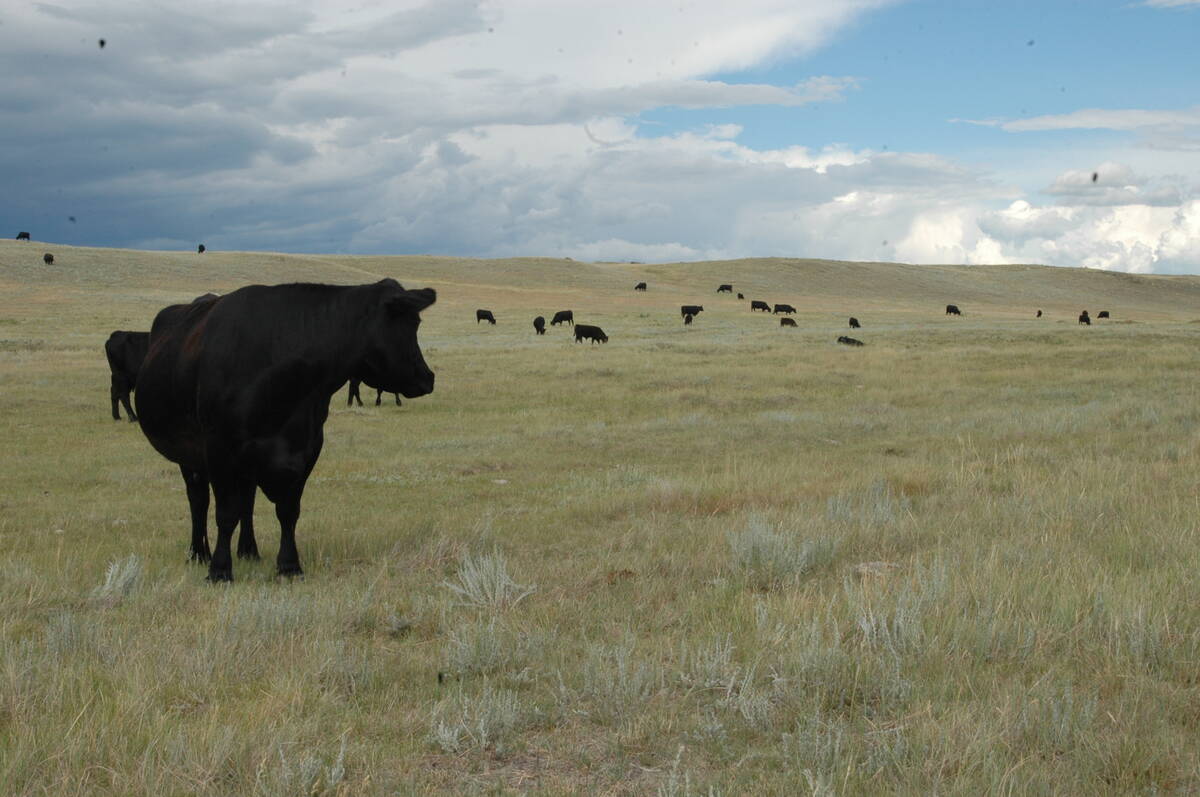Hog farmers facing a diarrhea storm blowing in from the U.S. Midwest should batten the hatches and prepare for heavy weather.
Porcine epidemic diarrhea virus can sweep through herds and regions if not controlled. Swine health experts say the impact can be terrible.
“It certainly takes a round out of nursing piglets and can kill quite a few nursing piglets,” said Harvey Wagner, a biosecurity specialist with Sask Pork.
According to the Canadian Swine Health Board, PEDV can kill up to 40 percent of nursing piglets. Growing pigs and sows are set back by the disease, which causes watery diarrhea because the pig’s digestive system is unable to absorb nutrients.
Read Also

Canadian Food Inspection Agency slammed for handling of bovine tuberculosis case
The federal government leans heavily on producers to “take one for the team” and risk their livelihoods without any reassurance of support.
PEDV is part of the coronavirus family and is distinct from transmissible gastroenteritis. It has not been seen in North America, but has been breaking out in herds in Europe and Asia in recent years, with many cases in China since 2010.
Up to 100 percent of a herd’s pigs can become infected.
The disease spreads easily, which is why pig health specialists are worried about the outbreak.
The first cases in the U.S. broke out in the Midwest, with many farms in Iowa and Minnesota affected. Not only is that on Manitoba’s doorstep, but the hog industry is directly connected from Iowa to Manitoba.
Many farms in Iowa and Minnesota buy Manitoba-born piglets, so pig-hauling trucks are constantly moving up and down Highway 75 to and from the U.S. That makes it easy to transfer the disease from south to north.
Even farmers who aren’t involved in cross-border pig trade should be careful about the trucks that come onto their farms.
“You’d be really amazed, when they do a trace back, where those trucks have been,” said Wagner.
Prairie pig trucks constantly move from farm to farm, farm to slaughter plant and the Prairies to the U.S. Midwest, and most of them come into close contact with other pig-hauling trucks.
PEDV is spread mostly by infected manure, so the best control for farmers is to ensure that trucks are cleaned and disinfected before they come onto their farms.
“All transportation vehicles should be cleaned,” said Wagner.
As well, on-farm biosecurity measures should be reinforced.
“Keep your foot coverings clean,” said Wagner.
“It’s just general awareness of where you’ve been.”
No one knows where the disease came from. The first incidents were not tightly connected ,so it’s possible PEDV was spread by wildlife, Wagner said.
The Prairies west of the Red River Valley are fortunate because of the vast spaces between barns. Unlike Iowa, southern Minnesota and southeastern Manitoba, the region doesn’t generally have barns within a few kilometres of each other.
“We have the advantage of distance in most parts of the Prairies, in western Manitoba, Saskatchewan, Alberta, a lot of space between our farms,” said Wagner.
Immunity develops quickly, within two to three weeks, once the disease gets into a herd.
It might take a couple of incidents for all the pigs to be exposed and become immune, the Canadian Swine Health Board says.
However, avoiding infection in the first place is the most important protection, Wagner said.
Small amounts of the virus can survive if trucks aren’t dried when they are cleaned and disinfected. That makes control hard in the late fall, winter and early spring.
However, North America has just entered the hot months, so vehicles can be thoroughly dried if farmers and hog transporters are serious about control.
“It’s mostly in your own hands,” said Wagner.















